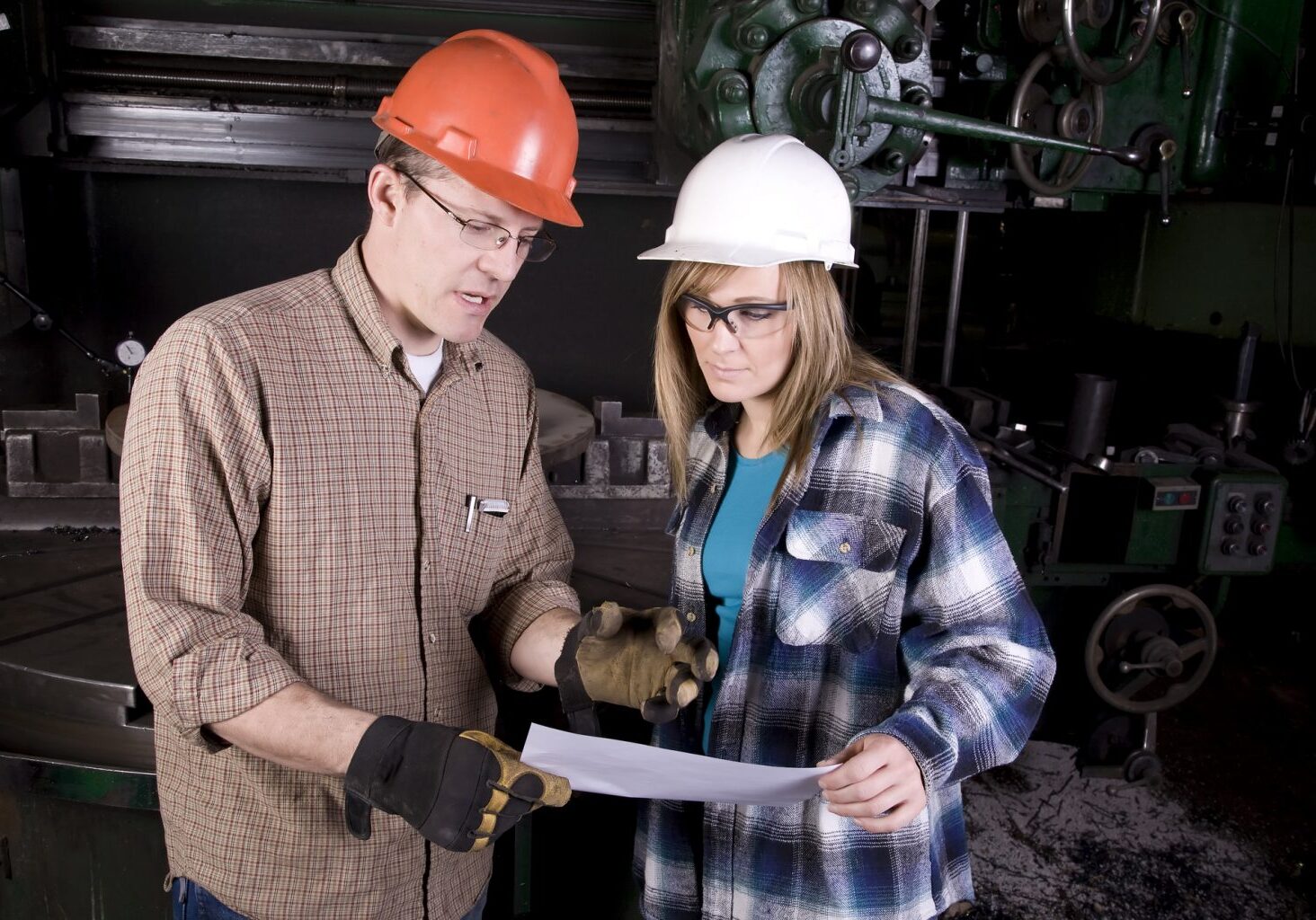Equipment Series – Centrifuges

The next installment of our Equipment Series focuses on centrifuges. Centrifuges are equipment that separate suspended solids from liquids using centrifugal (or circular) forces generated by a spinning internal mechanism. They use the principle of sedimentation to cause denser substances to move outward in a radial direction. At the same time, the spinning causes less dense objects to move to the center. Industrial centrifuges are often used in manufacturing and waste to process suspended solids or separate immiscible liquids.
Applications for Centrifuges
Centrifuges are a fully versatile and desirable option for a large variety of processes that involve separation. They are commonly used but not limited to applications such as:
- The sorting or sizing of solids.
- The 2-phase separation of solid-liquid suspensions.
- The 3-phase separation of solid-liquid-liquid suspensions.
- The clarification of a liquid phase or liquid phases.
- The thickening or dewatering of separated solids.
A few examples of centrifuges in the industrial world include:
- The chemistry, biology, and biochemistry industry use them to isolate and separate suspensions with a rotor containing two, four, six, or more wells where samples are placed.
- In the nuclear sciences to separate isotopes.
- Geotechnical centrifuges are used for physical testing of models involving soils.
- In the food industry. For example, centrifuges are used to separate sugar crystals from crystallized syrup.
- In water and wastewater treatment to dry sludge.
- In the oil industry to remove solids from drilling fluid.
- In the oil sands industry to separate water and solids from bitumen.
- Centrifuges are used in washers and dryers during the spin cycle.
- Even human centrifuges are used to spin people in order to train astronauts and military personnel to withstand certain gravimetrical forces.
Types of Centrifuges
Horizontal – Objects are carried in containers that can operate at high speeds to separate solid-liquid suspensions. Gravity can also be a factor in keeping heavier materials towards the bottom of the centrifuge. The horizontal centrifuge offers advantages because the sedimentation of large particles is more efficient at low force.
Vertical – Centrifugal force generates a sideways pressure to force the liquid through the solids, as well as any cloth, filter, perforation, or similar mechanism. These filters retain the solids inside the rotating basket. These centrifuges are ideal for multi-step processes in which operate going from side to side.
Pushers – They offer continuous operation to process difficult materials such as feed solids, polymers, free-draining crystalline, and fibrous substances. Pusher centrifuges use a constant speed rotor fixed to one of several baskets. Centrifugal force is applied mechanically in smaller units and hydraulically for larger units.
Centrifuge Repair Issues
Centrifuges are highly complex pieces of equipment that can fail from time to time. Here are a few of the most common issues when the equipment won’t work as intended.
- Shaking during startup – This can be caused by many issues but may be a misaligned rotor.
- Excessive vibration during operation – The issue can be caused by improper clearance, air pockets in the unit, improper feed, and many other issues.
- Centrifuge does not start or open – This can be an electrical issue or problems with the lid.
- Other problems that can cause a centrifuge to fail include improper leveling, missing or damaged belts, faulty suspension, and others.
Conclusion on Centrifuges
We at HDS are experts in the highest quality rebuilds, repair, reconditioning, and refurbishing for all kinds of centrifuges. To learn more, contact us to discuss how we can keep your equipment running its best.
Share this post:



